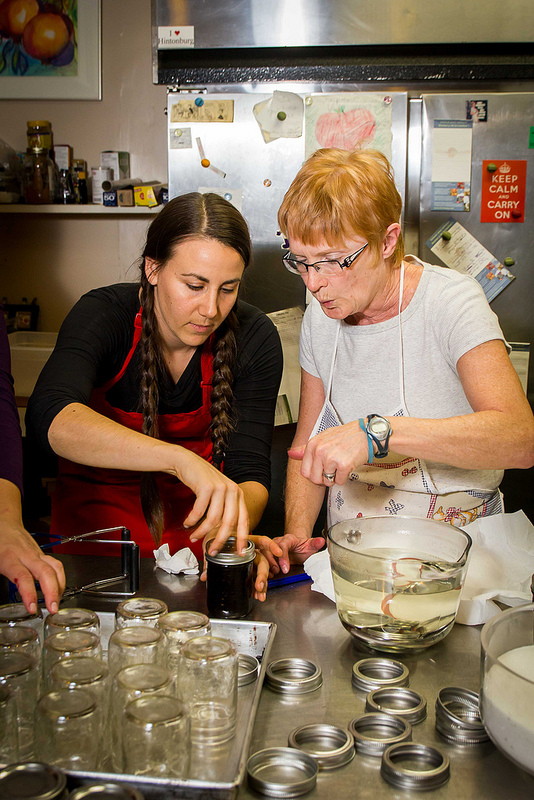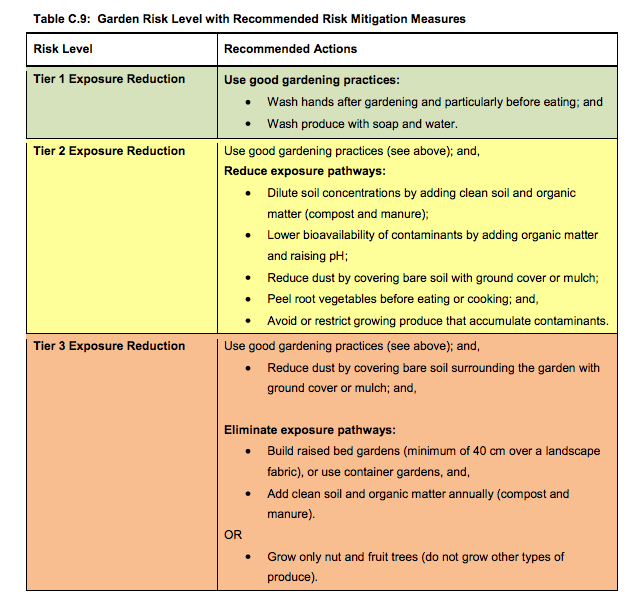About
January, 2012: The City of Ottawa releases their tree data, and more than 17,ooo food-bearing trees are found on City property – and none are harvested.
June 2012: The Ontario 2012 apple industry losses are at $12-million due to crop failures from spring weather variations. Ottawa apples were largely unaffected.
July 2012: Fruit prices increase. The Ottawa Food Bank sees an increase of 14% in demand from the same time last year.
August 2012: Hidden Harvest Ottawa launches and begins our journey rescuing food and sharing it with those in need.
 Why we exist
Why we exist
There is local food going to waste that could be put to good use.
By picking and sharing the fruit and nuts of Ottawa, we make good use of local food and inspire a food-tree friendly city.
What we do
Fruit and nuts that would otherwise go to waste on public and private property are rescued by groups of volunteers through insured harvest events. The bounty collected is split four ways: at least one-quarter goes to the nearest food agency, one-quarter is shared with the homeowner, one-quarter is shared with the volunteer harvesters, and up to one-quarter goes back to Hidden Harvest Ottawa.
The quarter share of local fruit & nuts kept by Hidden Harvest Ottawa is available to the local processors and restaurants who wish to sponsor our initiative and share in the bounty delicious food which would have otherwise gone to waste without their support.
Hidden Harvest relies on trained volunteer Neighbourhood Leaders to organize harvest events for registered trees and invite Volunteer Harvesters out to each event to help pick & share the bounty. If you saw us on your street, an average harvest would look like a Neighbourhood Leader meeting with 4-6 volunteer harvesters under a tree and spending about 1-2 hours harvesting, sorting and sharing fruit or nuts.
Harvest events provide the opportunity, education, infrastructure and legal means for people to access the edible fruit and nut trees around them. Each year we harvest approximately 1% of the food-bearing trees in our database which provides enough food to reach 1% of our City’s population. By removing challenges to access this low-hanging fruit, our volunteers are increasing their food sovereignty, addressing climate change, preventing food waste and evolving our culture to be a food-tree friendly city.
The model
Hidden Harvest Ottawa is a social enterprise aiming to create a blended return on investment that
is financial, social and environmental. Our main source of revenue in 2012 was support from the
Provincial Government, as well as tree sales. In 2013 we were supported by Ontario Centres of
Excellence as well as workshop ticket sales. In 2014 we found a more solid model with support
from Bridgehead Coffeehouse coffee sales, as well as Beau’s All Natural Brewery midway
games.
We operate on a shoe-string budget, with minimal overhead costs – we do not currently have an office, or a phone number. Any profits generated is put directly towards administrating the harvest events enabling more volunteers to harvest more trees to feed more people.
By adopting an independently funded approach, we will be able to focus our efforts towards our goal of fostering the largest urban orchard in Eastern Canada in five years time and enabling community members to nourish their families with access to neighborhood fruit and nuts.
Frequently Asked Questions
Where can I find more information about harvesting fruit and nuts?
Check out our post describing harvest events.
How can I help?
This year we’re focusing on finding more Neighbourhood Leaders – individuals willing to join us for a day of training and take on a bit more work to get harvest events going. You can also help us find more trees to harvest and find more Neighbourhood Leaders to lead those harvests! And you can sign up to volunteer and harvest food with us.
What about soil contamination?
If you’re concerned about soil contamination in your area, check out this decision support tool for urban garden published by Toronto Public Health, released May 2011. It looks at particular types of contamination as well as former landfills, suggesting how these contaminated lands may be used to grow food. All in all, this report leaves us feeling good about the natural biologic barriers which trees have to filter out contaminants before they reach the fruit. Check it out and let us know what you think:
Assessing Urban Impacted Soil for Urban Gardening: Decision Support Tool Technical Report and Rationale
Below is an excerpt which may apply to some areas near old landfills:
“At the high risk level, it is appropriate to adopt a risk mitigation plan that will eliminate exposure pathways. This is a standard risk management practice.
Raised bed and container gardening (Shayler et al., 2009b) ensures that the contaminated soil is
not used for gardening, and that all gardening-related exposures to the
original, contaminated soil
Fruiting and nutting trees may be grown directly in contaminated soil, and are a good option for high risk gardens where raised beds or containers are not feasible. Several natural barriers prevent uptake of soil contaminants into fruits and nuts (US EPA, 2007): the soil-root, root-shoot and shoot-fruit barriers mean that fruits and nuts are expected to have the lowest contaminant levels of all plant tissues (Spittler, 1979; Turner, 2009).”




